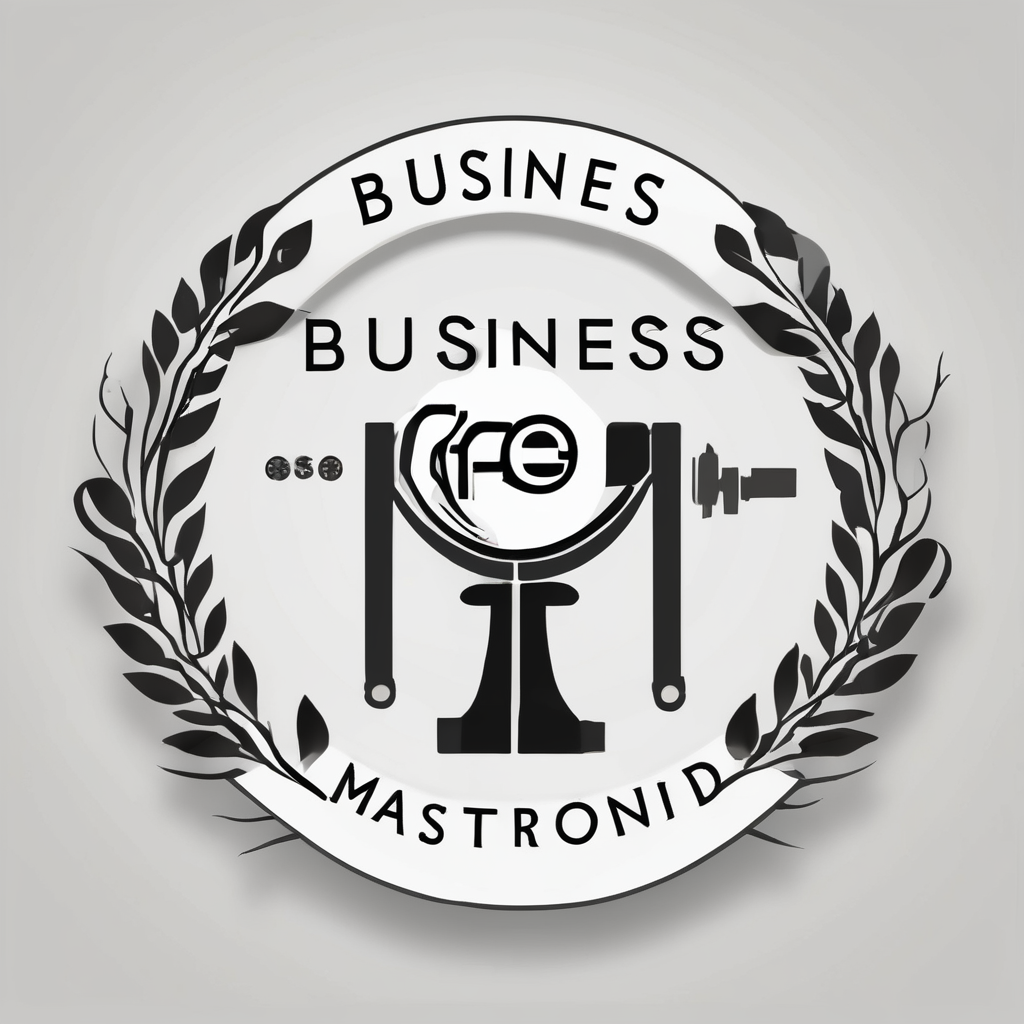Maximizing Pinterest Potential: A Creative Blueprint for UK Independent Bookshops to Highlight Rare and Vintage Books
In the ever-evolving world of book retail, UK independent bookshops face the challenge of standing out in a crowded market. One powerful tool that can help these bookshops shine is Pinterest, a platform known for its visual appeal and user-friendly interface. Here’s a comprehensive guide on how to maximize Pinterest’s potential to highlight rare and vintage books, attracting book lovers and driving business growth.
Understanding Pinterest and Its User Base
Before diving into the strategies, it’s crucial to understand what Pinterest is and who its users are. Pinterest is a social media platform where users save and share images and videos (known as “Pins”) to virtual pinboards. The platform is particularly popular among people looking for inspiration, whether it’s for home decor, fashion, or in this case, books.
Demographics and Interests
Pinterest users are diverse, but they tend to skew towards women and individuals with a higher education level. Here are some key demographics and interests that are relevant for bookshops:
- Age: Pinterest users are predominantly between 25 and 44 years old.
- Interests: Users often have interests in reading, writing, history, and collecting rare items.
- Behavior: They are likely to be active online, using social media to discover new products and services.
Building Your Pinterest Presence
To make the most of Pinterest, you need to build a strong presence that reflects your brand and appeals to your target audience.
In the same genre : Empowering ethical fashion: proven tactics for uk clothing brands to leverage pinterest for sustainable promotion
Setting Up Your Profile
Creating a professional profile is the first step in establishing your bookshop on Pinterest.
- Profile Name: Use your bookshop’s name to ensure brand consistency.
- Profile Picture: Upload a high-quality image of your bookshop’s logo or a recognizable image related to your business.
- Bio: Write a compelling bio that includes keywords like “rare books,” “vintage books,” and “independent bookshop.”
- Website Link: Link your profile to your bookshop’s website to drive traffic and sales.
Creating Boards and Pinning Content
Organize your content into boards that are easy to navigate and visually appealing.
- Board Categories: Create boards for different categories such as “Rare Books,” “Vintage Books,” “Author Collections,” and “Bookshop Events.”
- Pinning Content: Pin high-quality images of your books, including detailed descriptions, prices, and any historical or literary significance.
- Use Keywords: Use relevant keywords in your pin descriptions to improve search visibility.
Marketing Strategies for Rare and Vintage Books
Here are some marketing strategies tailored to highlight your rare and vintage books on Pinterest:
Email and Automation
Email marketing, as highlighted in the Revenue Blueprint by Mailchimp, can be a powerful tool when integrated with Pinterest[1].
- Targeted Emails: Send targeted emails to your subscribers featuring new arrivals of rare and vintage books. Include Pinterest links to drive traffic to your boards.
- Automated Journeys: Set up automated email journeys that trigger when someone interacts with your Pinterest content, encouraging them to visit your bookshop or make a purchase.
Data-Powered Personalization
Personalization is key to engaging your audience. Here’s how you can use data to personalize your Pinterest content:
- Customer Data: Use customer data to understand their preferences and browsing history. Create boards and pins that cater to these interests.
- Analytics Tools: Use Pinterest Analytics to see which pins are performing well and adjust your strategy accordingly.
Investing in AI
AI can help streamline your marketing efforts and make them more effective.
- AI Tools: Use AI tools to generate metadata for your book listings, recommend books based on user behavior, and automate repetitive tasks.
- Content Generation: AI can help generate high-quality content, such as descriptions and captions, for your pins.
Tips for Creating Engaging Pins
Creating engaging pins is crucial for capturing the attention of potential customers.
High-Quality Images
- Professional Photography: Use high-quality images of your books. Consider hiring a professional photographer or investing in good camera equipment.
- Detailed Descriptions: Include detailed descriptions of the books, including the author, publication date, condition, and any special features.
User-Friendly Descriptions
- Easy to Read: Make sure your descriptions are easy to read and understand. Use clear headings and bullet points.
- Call to Action: Include a call to action in your descriptions, such as “Visit our website to purchase” or “Contact us for more information.”
Example of a Successful Pinterest Campaign
Here’s an example of how you can create a successful Pinterest campaign:
Campaign Objective
- Objective: Increase sales of rare and vintage books by 20% within the next six months.
- Target Audience: Book collectors, literature enthusiasts, and individuals interested in rare and vintage items.
Campaign Strategy
- Board Creation: Create a new board dedicated to rare and vintage books.
- Pinning Schedule: Pin at least three times a week, using a mix of new arrivals and featured books.
- Collaborations: Collaborate with book influencers and authors to pin content related to your bookshop.
- Promoted Pins: Use Pinterest’s promoted pins feature to reach a wider audience.
Pros and Cons of Using Pinterest for Business
Here’s a balanced view of the pros and cons of using Pinterest for your business:
| Pros | Cons |
|---|---|
| Visual Appeal: Pinterest is highly visual, making it perfect for showcasing books. | Time-Consuming: Creating high-quality content and managing boards can be time-consuming. |
| Targeted Audience: Pinterest users are often looking for specific products, making it easier to target your audience. | Competition: Depending on your niche, there may be significant competition on Pinterest. |
| Long-Term Engagement: Pinterest pins can remain relevant for a long time, driving continuous traffic. | Learning Curve: Understanding Pinterest’s algorithms and best practices can take time. |
| Cost-Effective: Compared to other social media platforms, Pinterest can be relatively cost-effective for advertising. | Limited Immediate Sales: Pinterest is more about building brand awareness and driving long-term sales rather than immediate conversions. |
Practical Tips and Decision Making
Here are some practical tips and considerations for decision making when using Pinterest for your bookshop:
Simple Steps to Get Started
- Set Up Your Profile: Complete your profile with all necessary information.
- Create Boards: Organize your content into relevant boards.
- Pin Regularly: Pin new content regularly to keep your audience engaged.
- Engage with Users: Respond to comments and messages promptly.
Decision Making
- Analyze Performance: Use Pinterest Analytics to see what’s working and what’s not.
- Adjust Strategies: Based on your analytics, adjust your pinning schedule, content type, and other strategies.
- Stay Consistent: Consistency is key on Pinterest. Regularly update your boards and engage with your audience.
Economic Growth and Digital Transformation
Pinterest can be a significant contributor to the economic growth of your bookshop through digital transformation.
Digital Transformation
- Online Presence: Pinterest helps you build a strong online presence, which is crucial in today’s digital age.
- Supply Chain Optimization: By driving more traffic to your website, Pinterest can help optimize your supply chain by predicting demand and managing inventory more effectively.
Economic Growth
- Increased Sales: By showcasing your rare and vintage books effectively, you can drive more sales and contribute to economic growth.
- Job Creation: As your business grows, you may need to hire more staff, contributing to job creation in your community.
Pinterest offers a unique opportunity for UK independent bookshops to highlight their rare and vintage books, attract a dedicated audience, and drive business growth. By understanding the platform, building a strong presence, and using effective marketing strategies, you can make the most of Pinterest and take your bookshop to the next level.
Final Thoughts
- Stay Updated: Keep up with the latest trends and best practices on Pinterest.
- Engage with Your Audience: Always engage with your audience to build a loyal following.
- Use Marketing Tools: Utilize Pinterest’s marketing tools, such as promoted pins and shopping ads, to reach a wider audience.
By following this blueprint, you can unlock the full potential of Pinterest for your bookshop and ensure long-term success in the competitive world of rare and vintage books.
Additional Resources
For further reading and to deepen your understanding of Pinterest marketing, here are some additional resources:
- Pinterest Business Guide: Pinterest’s official guide for businesses provides detailed tips and strategies for using the platform effectively.
- Mailchimp’s Revenue Blueprint: This report offers insights into how performance-obsessed marketers use email and automation to drive revenue, which can be integrated with your Pinterest strategy[1].
- Upwork’s Pinterest Marketing Jobs: If you need professional help in managing your Pinterest presence, consider hiring a freelancer from platforms like Upwork[3].
By leveraging these resources and the strategies outlined above, you can create a robust Pinterest presence that drives engagement, sales, and long-term growth for your UK independent bookshop.











